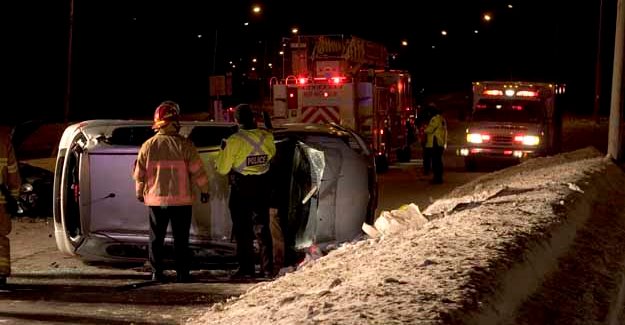Solutions to an age-old problem
Placing conditions on the licences of young drivers could reduce fatal accidents amongst this group by more than a half.
One in five young drivers (17-24 year-olds) will have an accident within six months of passing their test and 1,552 young drivers were killed or seriously injured on Britain’s roads in 2011 – more than 4 per day.
Novice young drivers are at particular risk because of their lack of experience (which to varying degrees affects new drivers of all ages) and also the biological and behavioural characteristics of youth.
The introduction of a graduated licensing system – including restrictions on night-time driving and the number of passengers – would allow young drivers to gain invaluable experience in safer circumstances.
Research by the RAC Foundation of graduated licensing schemes in other countries shows fatal collisions for this age group falling by between 9%-60% and overall casualties being cut by 5%-32%, depending on the range of measures implemented.
Young drivers make up 25% of all those drivers killed or seriously injured on the roads annually, but only account for 8% of licence holders. They also drive less than older licence holders.
Yet the evidence shows that risk reduces quickly as experience is gained. Studies have found that the first 1,000 miles of driving may be the most important in terms of reducing collision risk.
The RAC Foundation study – Young driver safety: solutions to an age-old problem, authored by Foundation staff members Elizabeth Box and Ivo Wengraf – looked at evidence from several countries with graduated licensing including America, Australia, Canada, and New Zealand.



